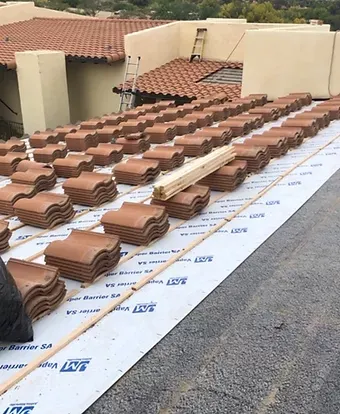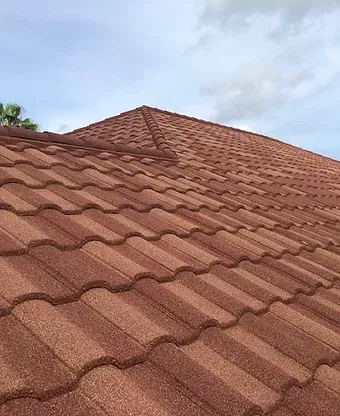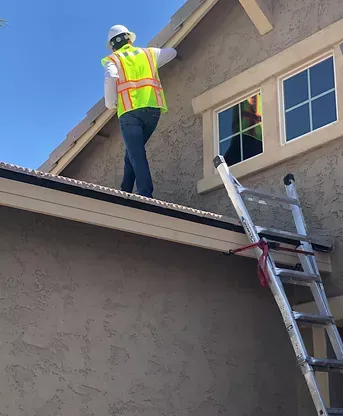A Business Owner's Guide to Commercial Roof Leak Detection and Repair in Southwest Florida
A Business Owner's Guide to Commercial Roof Leak Detection and Repair in Southwest Florida
Understanding Commercial Roof Leak Risks in Southwest Florida
Southwest Florida’s unique climate poses a significant challenge for commercial property owners. The region experiences high humidity, frequent seasonal storms, hurricanes, and heavy rainfall throughout the year. These weather conditions can wreak havoc on roofs, regardless of their material or design. Over time, constant exposure to moisture and extreme weather weakens roofing systems, making them more prone to leaks. Whether your roof is made of metal, single-ply membranes, or built-up materials, it’s essential to understand how these factors contribute to vulnerabilities.
Ignoring potential roof leak risks can lead to serious consequences. Water intrusion can damage interior structures, disrupt business operations, and create legal liabilities if tenants or employees are affected. Furthermore, delaying repairs often results in higher costs down the line as small issues escalate into major problems. By being proactive about roof maintenance, you can protect your property and ensure smooth business operations even during harsh weather events.
Common Causes of Commercial Roof Leaks
Several factors commonly cause commercial roof leaks, particularly in Southwest Florida. Weather damage from hurricanes and heavy rains is one of the leading culprits. Aging materials that have reached the end of their lifespan also contribute significantly. Poor workmanship during installation, damaged flashing around protrusions like vents or skylights, clogged drains, HVAC unit penetrations, and ponding water are other frequent offenders. These issues are exacerbated by the region’s tropical climate, which accelerates wear and tear on roofing systems.
Building design plays a role too. Many commercial properties feature flat or low-slope roofs, which are notorious for poor drainage and water pooling. This makes them especially susceptible to leaks. Maintenance challenges arise because detecting issues early requires careful attention, and neglecting routine upkeep can quickly turn minor problems into costly disasters.
Early Warning Signs of Roof Leaks
Business owners should be vigilant about spotting early warning signs of roof leaks. Common indicators include water stains on ceilings or walls, peeling paint, musty odors, visible cracks, and soft spots in building materials. Less obvious signs might involve unexplained increases in utility bills due to compromised insulation or rising indoor humidity levels. These subtle clues can indicate underlying moisture issues that need immediate attention.
Regular monitoring is crucial, especially after severe weather events like storms or hurricanes. Catching leaks early allows you to address them before they escalate into larger, more expensive problems. Taking action promptly not only saves money but also ensures the safety and comfort of everyone using the building.
How to Perform a Basic Roof Inspection
Conducting a basic roof inspection doesn’t require advanced skills, but it does demand caution and attention to detail. Start by visually examining the roof membrane for tears, cracks, or blisters. Check seams and flashing for gaps or corrosion, and inspect drains to ensure they’re clear of debris. Look closely at areas surrounding rooftop equipment, such as HVAC units, as these are common leak points. Use binoculars if needed to avoid unnecessary climbing.
For a thorough assessment, consider using tools like moisture meters to detect hidden dampness beneath the surface. Always prioritize safety—wear non-slip shoes, use harnesses if necessary, and never inspect alone. While DIY inspections can reveal obvious issues, professional evaluations provide deeper insights and identify hidden problems. Knowing when to call in experts is key to maintaining a healthy roof.
Documenting findings is just as important as identifying issues. Take photos of any problem areas and keep detailed notes for future reference. This documentation helps track recurring issues, supports insurance claims, and provides valuable information for maintenance planning. A systematic approach ensures nothing slips through the cracks.
Professional Leak Detection Methods
When leaks aren’t easily visible, professional contractors employ advanced techniques to pinpoint their exact location. Thermal imaging cameras detect temperature variations caused by trapped moisture, while acoustic sensors listen for the sound of dripping water within the structure. Infrared cameras and digital pressure testing offer additional precision without requiring invasive investigations. These methods save time and reduce the risk of further damage during diagnostics.
Professional services become indispensable when leaks remain elusive despite noticeable symptoms like persistent dampness or unexplained water stains. In such cases, relying on expert tools and expertise ensures accurate identification and effective solutions. Investing in professional leak detection can prevent guesswork and costly misdiagnoses, ultimately saving both time and money.
Step-by-Step Commercial Roof Leak Repair Process
Repairing a commercial roof leak involves several steps to ensure lasting results. First, professionals conduct an initial evaluation to assess the extent of the damage. Moisture mapping identifies affected areas, followed by isolating the specific section needing repair. Damaged materials are removed, and the surface is prepared for restoration. Depending on the issue, repairs may involve patching, sealing, or replacing sections of the roof membrane. Post-repair testing confirms the fix was successful.
Reinforcing vulnerable areas is critical to preventing future leaks. Flashing, seams, and penetrations often require extra attention since they’re frequent weak points. Proper cleanup and documentation wrap up the process, ensuring everything is left neat and organized. Clear records help track the repair history and serve as proof of compliance with warranty requirements.
Choosing the right contractor is vital for quality repairs. Look for licensed professionals with experience in commercial roofing and positive references. Verify that they offer warranties or guarantees on their work, which adds peace of mind knowing the job is backed by accountability. Partnering with a reputable company sets the stage for long-term success.
Preventative Maintenance for Commercial Roofs
Prevention is always better than cure when it comes to commercial roofs. Regular inspections, ideally twice a year and after major storms, help catch minor issues before they spiral out of control. Cleaning drains and gutters prevents clogs that lead to water pooling, while addressing small cracks or sealant failures stops leaks from developing. Proactive measures extend the life of your roof and minimize unexpected disruptions.
Scheduling a maintenance program with a trusted roofing partner offers numerous benefits. Not only does it simplify ongoing care, but it also maximizes return on investment by reducing emergency repairs. Preventative maintenance costs far less than fixing extensive damage caused by neglect. Establishing this routine demonstrates foresight and responsibility as a business owner.
Mold and Water Damage Risks from Unresolved Leaks
Unresolved roof leaks pose serious risks beyond structural damage. Persistent water intrusion can ruin inventory, damage equipment, and compromise interior finishes. Even worse, prolonged exposure creates ideal conditions for mold and mildew growth. Mold spores spread quickly, contaminating air quality and posing health hazards to occupants. Addressing these issues requires costly remediation efforts that could have been avoided with timely repairs.
The financial and reputational toll of unresolved leaks cannot be overstated. Mold-related illnesses can result in lawsuits or loss of tenant trust, while damaged goods and halted operations disrupt revenue streams. Prioritizing swift action against leaks protects both your assets and your reputation as a responsible business owner.
Insurance and Legal Considerations for Roof Leaks
Understanding your insurance policy is crucial when dealing with roof leaks. Most policies cover sudden and accidental water damage but exclude issues stemming from neglect or lack of maintenance. Promptly reporting leaks and documenting evidence strengthens your claim. Familiarize yourself with exclusions and limitations to avoid surprises later.
Legal considerations also come into play. Building codes mandate certain standards for roof safety and functionality, and failing to comply can lead to fines or penalties. Additionally, landlords bear responsibility for protecting tenant property and ensuring minimal disruption during repairs. Being aware of these obligations helps mitigate risks and maintain compliance.
Selecting a Southwest Florida Roofing Professional
Choosing the right roofer starts with verifying credentials. Ensure the contractor holds valid state and local licenses and has extensive experience working on commercial properties. Ask for references and check reviews to gauge reliability. Insurance coverage and a strong safety record are non-negotiable, as is membership in industry associations like NRCA or RCI.
During consultations, ask about their familiarity with Southwest Florida’s unique climate and building codes. Local expertise ensures they understand regional challenges and can recommend tailored solutions. Trustworthy contractors will answer questions openly and provide transparent pricing, helping you make informed decisions.
Cost Factors and Budgeting for Leak Detection and Repair
Several factors influence the cost of detecting and repairing commercial roof leaks. The size of the roof, its accessibility, and the technology required for diagnosis all impact expenses. Repairs depend on the extent of damage, materials needed, and labor costs. Emergency repairs typically cost more than scheduled maintenance, underscoring the value of prevention.
Budgeting wisely involves setting aside funds for regular upkeep and unexpected emergencies. Balancing upfront costs with long-term savings ensures sustainability. For example, investing in high-quality materials or advanced leak detection may seem expensive initially but pays off by preventing recurring issues. Planning ahead safeguards your finances and reduces stress.
What to Do After a Leak is Detected
Upon discovering a roof leak, act swiftly to minimize damage. If safe, contain the leak by placing buckets under dripping areas or using tarps to divert water. Contact a qualified professional immediately and document the situation thoroughly for insurance purposes. Notify stakeholders, including tenants or employees, and secure the area to prevent accidents or further harm.
Follow up diligently once repairs begin. Confirm that all identified issues are addressed completely and request advice on preventing similar occurrences in the future. Implementing preventive measures ensures your roof remains resilient against Southwest Florida’s challenging climate.
Frequently Asked Questions
How can I tell if my commercial roof has a hidden leak?
Look for indirect signs such as musty odors, unexplained humidity, mold growth, and spikes in energy costs, even if there are no visible stains or wet spots.
Is it safe to inspect my own commercial roof?
Routine visual checks are generally safe with proper precautions, but climbing onto the roof or working near damaged areas is best left to licensed professionals.
How quickly should I address a suspected roof leak?
Immediately. Delayed action can rapidly worsen damage and increase costs, especially given Southwest Florida’s fast-changing weather conditions.
What technology do professionals use to detect roof leaks?
They use tools like thermal imaging, acoustic sensors, infrared cameras, and specialized moisture meters to locate leaks without damaging the roof structure.
Will fixing a roof leak be disruptive to my business?
Minor repairs often cause minimal disruption, but extensive leaks may require more significant interventions. Reputable contractors will work to minimize business interruption and safety risks during repair projects.
Conclusion
Commercial roof leaks are a major threat to business properties in Southwest Florida due to the region’s intense weather and climate conditions. Proactive detection, timely repairs, and consistent maintenance are essential in safeguarding your investment, minimizing disruption, and preventing expensive long-term damage. Professional inspections and advanced leak detection technologies play a key role in ensuring issues are found early and resolved completely.
If you suspect a roof leak or want to improve your facility’s resilience, act now by scheduling a professional roof inspection and developing a tailored maintenance plan. Contact a trusted Southwest Florida roofing specialist for expert guidance and reliable repairs. Prioritize roof health as a business owner to ensure uninterrupted operations and protect your assets.
Contact a local roofing expert today to discuss your needs and get started on securing your commercial property against the unpredictable elements of Southwest Florida.




